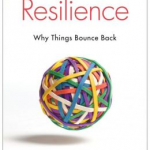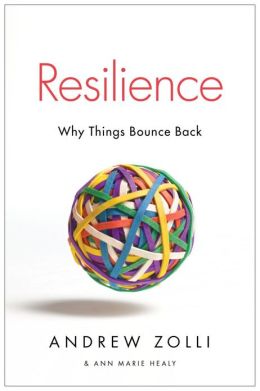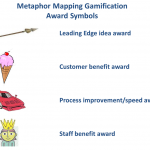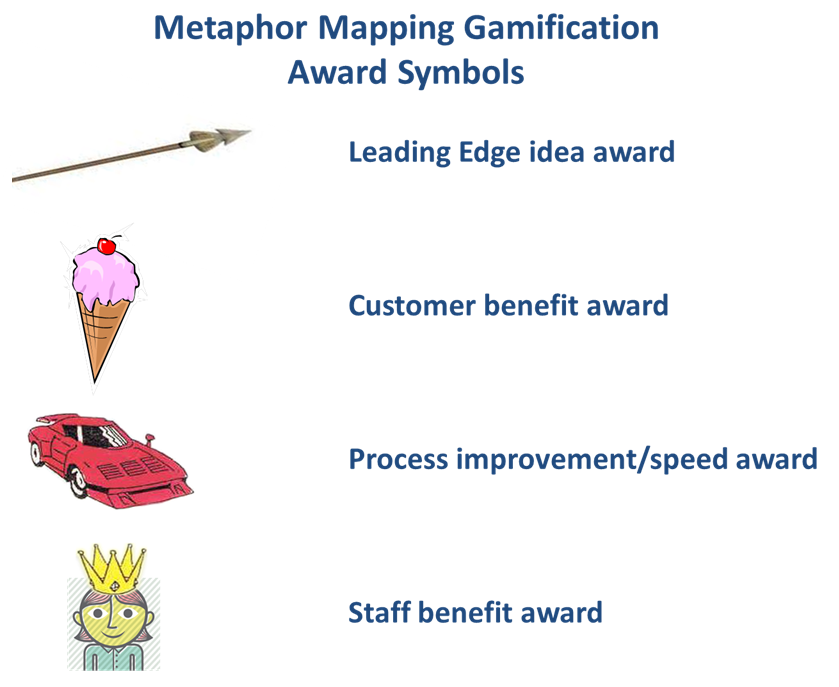Game playing is a great way to build relationships in a corporate setting. It encourages colleagues to let down their hair and make suggestions without that almost tangible fear of being scrutinized by co-workers and bosses.
Studies found that fear of rejection prevents participants from actively offering valid ideas, and it even impedes learning and understanding new information that’s presented by someone else.
Metaphor Mapping avoids this problem by engaging participants in a hands-on, everyone-is-part-of-the-team, game-playing fashion that can alleviate the tension. But that’s just part of it.
To set the stage for real camaraderie, the game players need to learn how to use language to really say what they mean, and sometimes that’s not easy.
Mark Twain once said, “The difference between the almost right word and the right word is really a large matter–it’s the difference between the lightning bug and the lightning.” And, it’s true because words alone can’t always convey the message the way a communicator wants them to. And getting the wrong message or taking the wrong action can be devastating.
The trouble is that finding that right word or group of words can be daunting, especially in today’s society where the workforce contains such a wide range of skills, abilities, and, most especially, backgrounds. References don’t always click.
That’s why it’s important for team members to enhance communication among themselves using visual cues that map out how to get from point A to point B and to make time for clarification and reiteration so that all parties gain a clear sense of the issues at hand and can learn to explain their perspectives.
Today, corporate facilitators have to find ways to incorporate strategies that put everyone on the same page by providing opportunities for hands-on collaboration and fruitful peer discussions.
That’s where Metaphor Mapping comes in. It entails having small groups of workers place and label picture stickers on a map to explain and explore various topical issues that are integral to the development and success of their companies. The purpose is to clarify the issues and to identify and offer solutions to those challenges that might impede reaching goals in specific areas.
The cornerstone of this process rests with the collaborative strategy setting where metaphors can act as bridges to understanding. A mapping workshop is a safe haven for employees, a place where unfettered brainstorming will generate more productive discussions among peers, and that’s what successful corporations look for: discussions that will ultimately lead to problem-solving and other desired outcomes.





